Functional Anatomy 1
The oral cavity is comprised of several subsites, each of which contributes to its function. Vestibule. The oral vestibule is the area between the cutaneous borders of the lips and the teeth. The lips and the buccal mucosa are the components of the oral vestibule, which plays important roles in oral competence, mastication and speech. The lining of the vestibule consists of mucosa, submucosa including minor salivary glands, and muscle. The orifices of the parotid ducts are located posteriorly in the vestibule. Gum. The upper and lower gums consist of the thick keratinized mucosa fixed to the jaws. The gums surround the teeth and protect their roots. Tongue. The tongue is the most important structure in the oral cavity in terms of function. The mucosal lining covers the intrinsic muscles¸ which are limited to the tongue, and the extrinsic muscles, which attach the tongue to surrounding structures. The anterior two-thirds of the tongue, sometimes referred to as the “oral tongue,” are located in the oral cavity, while the posterior one-third of the tongue, separated by the transverse row of circumvallate papillae, is located in the oropharynx. The tongue must be able to protrude past the teeth in order to provide for normal speech articulation. The tongue also must be able to make solid contact with the hard palate in order to push food boluses into the pharynx in preparation for swallowing. Floor of mouth. The mucosa-lined area between the tongue and the lower gum is the floor of mouth. A soft, pliable floor of mouth is required for the tongue to retain the mobility for participation in speech and swallowing as described above. The orifices of the submandibular gland ducts lie in the floor of mouth, and the sublingual gland lies submucosally. Retromolar trigone. Located posterior to the mandibular third molar, the retromolar trigone is a triangular-shaped area in which keratinized mucosa covers a portion of the mandibular ramus. Hard palate. The superior limit of the oral cavity is made in large part by the hard palate, which serves to separate the oral cavity from the nasal cavity. It is bounded anteriorly by the upper gum and posteriorly by the oropharynx.
Functional Anatomy 2
Except for the teeth, the surface of all oral cavity subsites consists of stratified squamous epithelium. Because of this structure, the vast majority of cancers of the oral cavity are squamous cell carcinomas. There are minor salivary glands distributed throughout all surfaces of the oral cavity, so cancers of salivary gland origin are also found.
Since an overwhelming predominance of oral cavity cancers are squamous cell carcinomas, most information about risk factors relates to that histologic entity. Tobacco and alcohol use are the two strongest risk factors for oral cavity squamous cell carcinoma (OCSCC). The risk of OCSCC is reported to be almost 2 times higher in male smokers compared with nonsmokers, and 3 times higher in female smokers. Consumption of 1-2 alcoholic drinks per day increases cancer risk by a factor of 1.7 compared with nondrinkers. Individuals who use both tobacco and alcohol have a cancer risk substantially higher than that derived from use of either one by itself. Exposure to smokeless tobacco products is also a risk factor for OCSCC, with a risk 4 times higher in users than nonusers. [1]
In South and Southeast Asia, areca nut wrapped in betel leaf is commonly chewed for its mild stimulant properties. This habit is associated with development of OCSCC. Preparations often include tobacco as well. Reverse smoking, in which the lit end of a tobacco cigarette is held in the mouth during inhalation, is also causative of OCSCC, with particular risk of cancer of the hard palate.
» Click Here If You Have Questions or Comments
